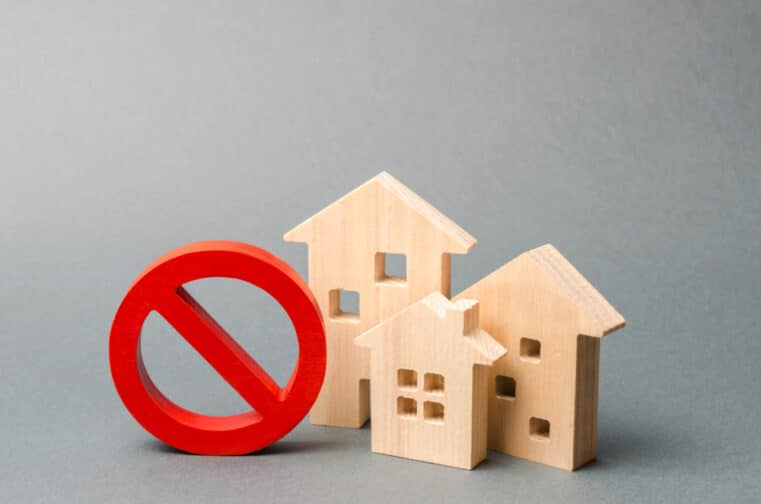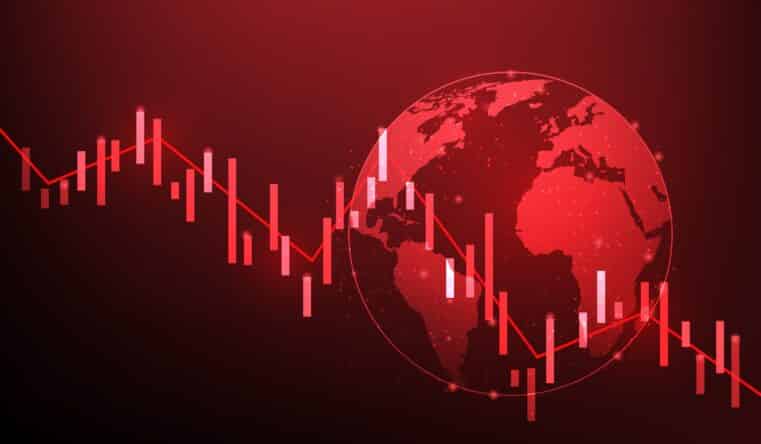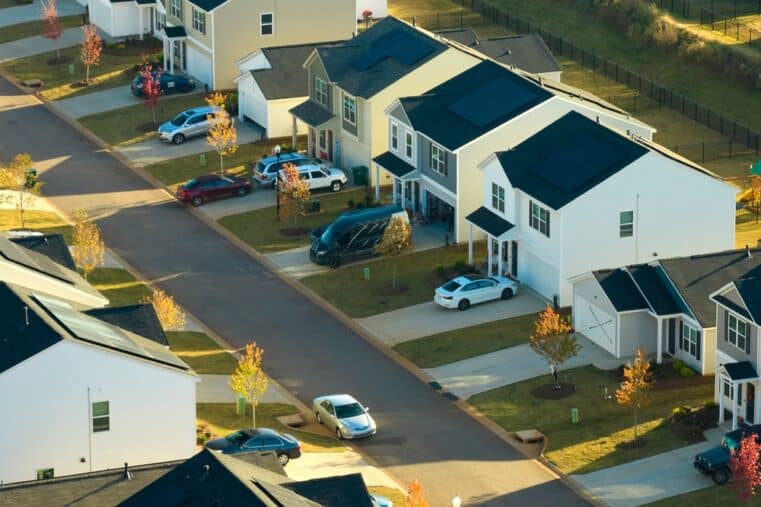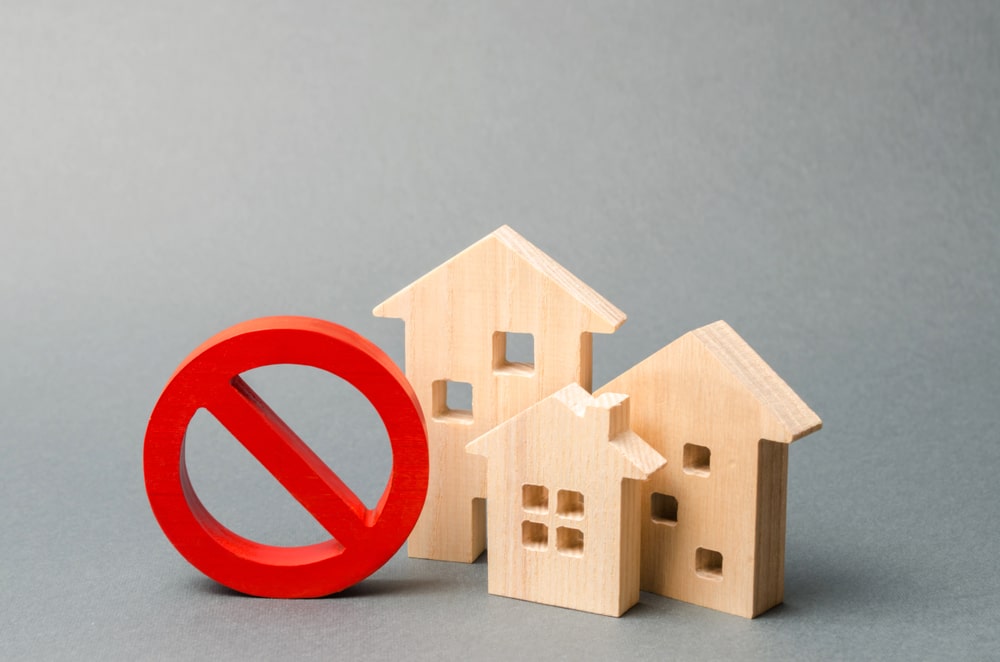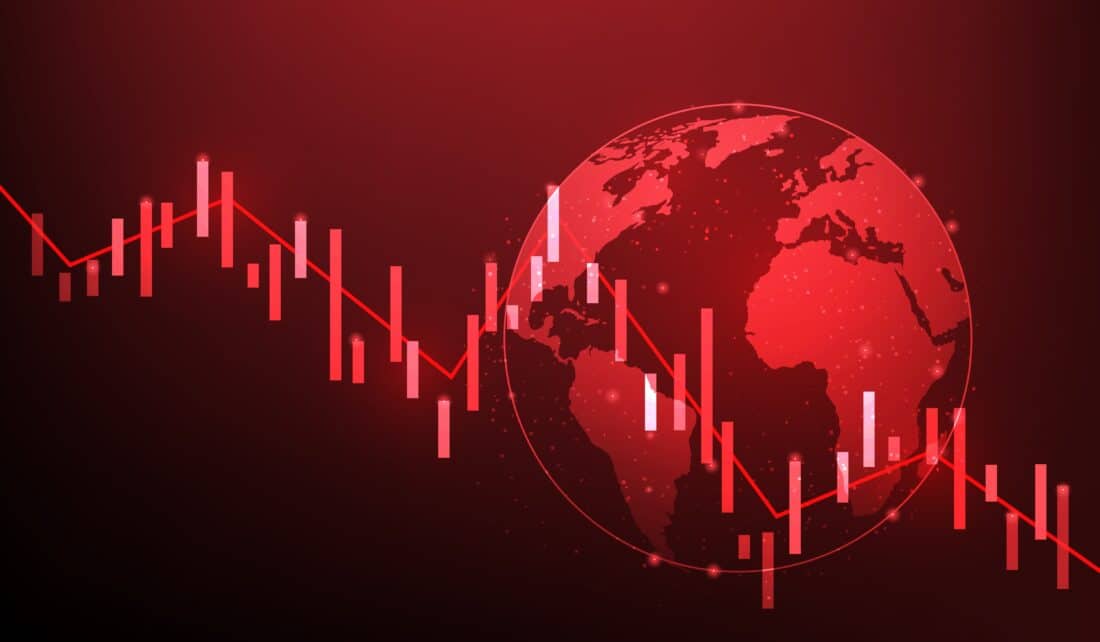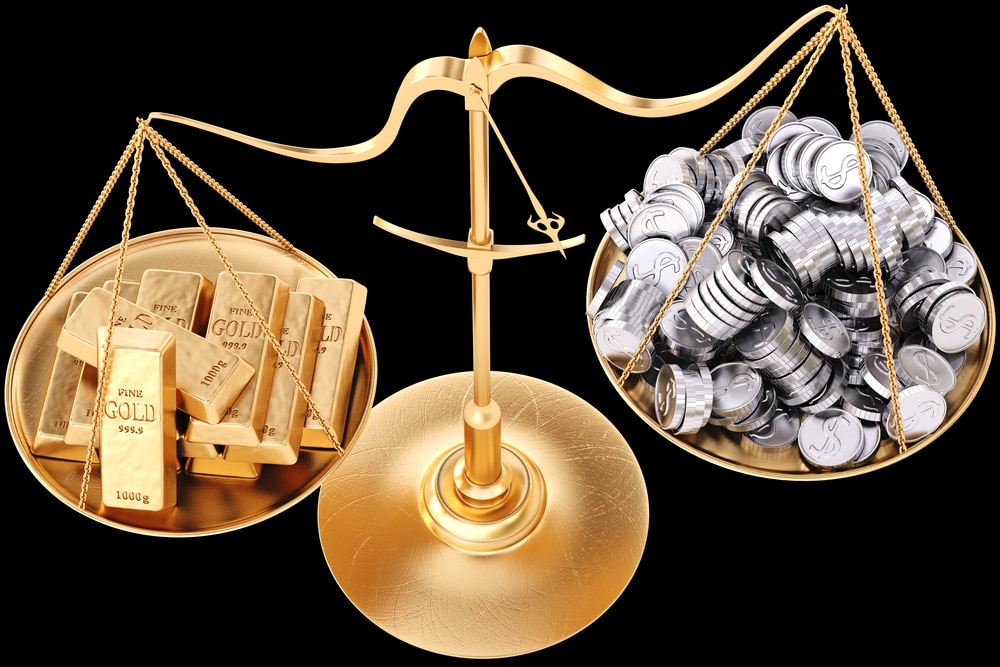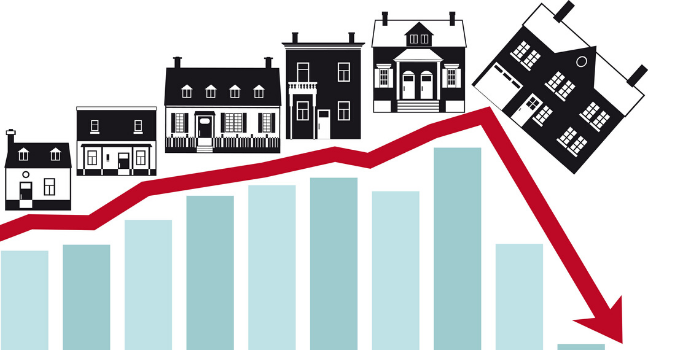
Further Rate Cuts Can Trigger a Massive $35 Trillion Housing Market Collapse
You’d think that in the current low-interest-rate environment that housing prices should be advancing steadily.
Surprisingly, home prices are starting to pull back. Though not a great scenario, it isn’t a devastating one either.
That is unless you’re one of the 25% of new homeowners whose home values have recently gone underwater.
But there’s something else--a potential emergence happening slightly beyond most investors’ and homeowners’ radars.
Can it be the seeds of yet another repeat of what we saw the years leading up to the 2008 housing crash?
You know--moral hazard, malinvestment, and overburdened mortgage debt. After all, the housing market is estimated to be worth near $35 Trillion according to Zillow.
On a seemingly lateral front, the US Federal Reserve said last that any interest rate cuts would be purely accommodative to new economic data coming in.
UBS begs to differ somewhat, predicting a scenario that the Fed is unlikely to forecast in the near term: that there will be three rate cuts in 2020.
You might think that if such a thing were to occur, this stimulus would boost the housing market.
Actually, it’s likely that such a thing would trigger a disastrous $35 Trillion housing collapse.
A bold forecast? Not really. Let’s take a look at what’s happening now and how such a catastrophic event can happen again.
Like last time, it has everything to do with moral hazard. And moral hazard, like the fundamental forces driving the economy, is also cyclical.
What’s Going On in Housing Today?
Overall, the housing market showed strength in 2019. But its performance wasn’t solid. There were a few cracks that, though barely noticeable, are worth paying attention to.
Housing had something of a supply crunch this year--it’s effect, evident in the 3.8% rise in values that Zillow had estimated.
But despite this crunch--one that saw inventories falling by 12%, a three-year low--houses still ended up on the market longer than they should have, according to industry analysts.
This weakness was also surprising in light of the Federal Reserve’s interest rate cuts. 30-year fixed-rate mortgages were at historic lows.
In light of the supply crunch and low-interest-rate environment, we should have seen mortgage applications rise sharply, further strengthening the housing market.
Instead, we saw only a modest boost. So, might further Fed interest rate cuts help? As we said earlier, UBS forecasts three more.
As UBS global head of economic research told CNBC, “We think this tariff damage is going to push U.S. growth down...That’s actually going to trigger three Fed cuts...No one believes that. And of course, when the Fed starts cutting, everyone else starts cutting.”
But according to UBS’ assessment, these rate cuts can spell disaster for the housing market, as it may trigger a $35 Trillion collapse, and overall, a steep plunge in the broader market.
The Return of Moral Hazard
In a MarketWatch report, Dallas Federal Reserve President Robert Kaplan stated that the current low-interest rate environment may have given investors the “green light” to begin investing in risky assets.
After all, Fed rate hikes seem unlikely to appear anytime in the near- or intermediate-term horizon.
The problem is that people who can’t afford homes may be encouraged to jump in now, considering that mortgage rates are at historic lows. If there’s any good time to buy, isn’t it now the most favorable time?
After all, home prices are on the decline, according to Zillow. They can decline further by an estimated 1.8%.
Consumers who are stretching their capital to buy new homes may be taking calculated risks.
But if UBS’ prediction is correct, and we see three more rate cuts this year, imagine what that might do to the markets.
Rock-bottom interest rates may encourage even more risk-taking--higher levels of mortgage debt by people who really shouldn’t be buying homes.
This creates a fragile scenario, not unlike the subprime mortgage crisis we saw over a decade ago.
Ultimately, this sets the course toward an inevitable and devastating housing market crash...again.
What happens when rates hit rock bottom? The dollar’s purchasing power begins sinking. Things get less affordable. And should the economy begin seeing weaker wage growth, then all of the dominos are set.
People will reign-in their expenditures, lessening demand overall. Once people begin holding off on home purchases, real estate values will begin to slide.
The problem now is that new homeowners will now begin to feel the crushing pressure of negative equity--they’re severely underwater. And with weak wage growth and eroding purchasing power, many may no longer be able to keep up with their mortgage payments.
Mortgage defaults begin, and a vicious domino effect takes hold of the entire market and, eventually, the entire US economy.
We don’t know the probability of such a scenario taking place. But all of the pieces seem positioned for such an event to happen.
And when it does, as it did in 2008, allocating a portion of your portfolio to safe-haven assets such as gold and silver may be the smartest way to protect your wealth while earning returns as all other assets begin to fall.


